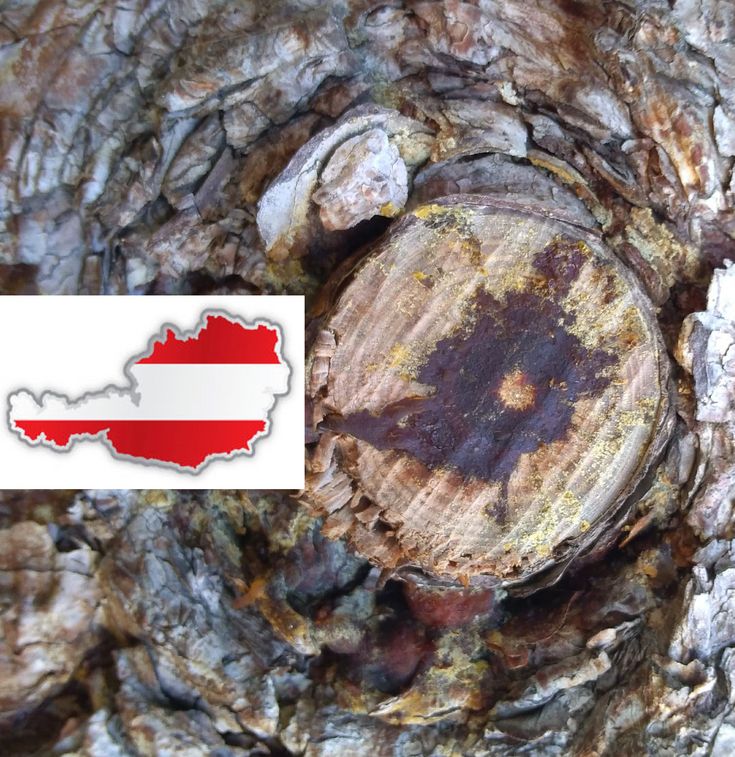Bark biorefinery
SUPERVISOR: Antje POTTHAST
PROJECT ASSIGNED TO: Stefano BARBINI
Tree bark is a still largely underutilized side stream of the pulp and paper industries and wood works. Nowadays, most of the bark is burnt in order to provide energy and heat, while some of it goes into horticultural use. As bark contains cellulose – although less than wood – and a large variety of phenolics together with inorganics like sand, it requires a close-to-complete removal prior to pulping. The phenolic or extractive part causes problems in downstream-processing of the wood, such as brightness loss and formation of stickies to name but a few. On the other hand, the high share of extractives in bark would constitute a potential source of interesting and valuable compounds to be used in non-commodity market segments, reaching a higher added value. Such utilization is impeded by the need for extraction of these compounds from the bark matrix, which requires unpolar media and thus the use of organic solvents. It is furthermore complicated by the necessary subsequent separation of more or less single compounds or at least compound classes. Both extraction and separation are technically possible, but exceed by far the limits of realistic economic scenarios. This ABCT project with the industrial partner SCA Sundsvall, Sweden, sets out to test alternative, non-conventional means of extraction of bark and subsequent separation/fractionation of its constituents. Also conventional parameters, such as particle size and water content of the test material, which mainly consists of northern softwood bark, are considered. New analytical tools will be used in order to improve the analyses of the fractions generated, in terms of speed, simplicity, and accuracy.


